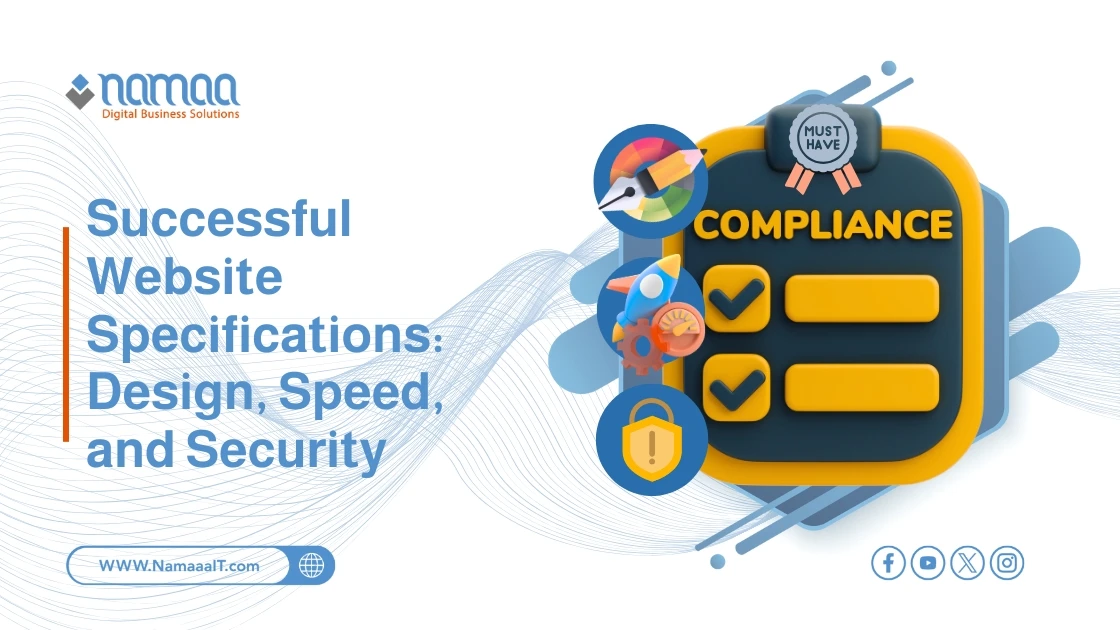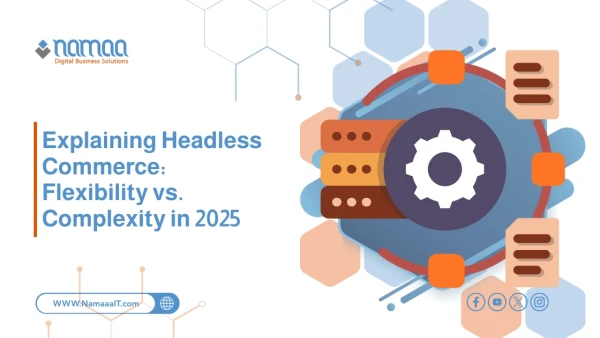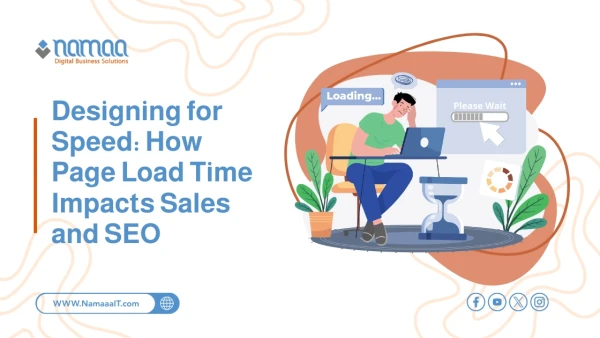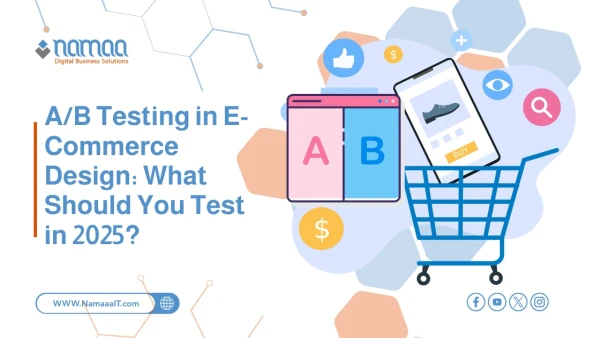The Successful Website: Key Elements for Digital Success
A successful website is one of the most important components for the success of any business or personal endeavor today. Achieving this success depends on a set of essential specifications that ensure a comfortable and effective user experience, in addition to achieving the site's intended goals.
Key Specifications of a Successful Website
Importance of Design in Website Success
Design is the first element visitors notice when they enter any website. It reflects the site's identity and includes various elements such as colors, fonts, images, layout, and content organization. All these factors influence visitors' impressions and determine whether they will continue browsing.
Attractive and Professional Design
The website design should be both attractive and professional. A cluttered or inconsistent design may make visitors uncomfortable, leading them to leave quickly. An attractive design encompasses not only visual appeal but also user experience. The site should be easy to use, with clear and accessible menus, appropriately sized buttons, and a comfortable color scheme and font selection for readability.
User Interface (UI) and User Experience (UX) Design
UI and UX concepts have become fundamental in website design. The user interface is the part the visitor interacts with directly, such as buttons, menus, and input fields. In contrast, user experience encompasses the entire process the visitor goes through while interacting with the site. Therefore, the website design should enhance this experience, making it smooth and straightforward.
Balancing aesthetics and functionality is a cornerstone of good design. A beautiful but hard-to-navigate site won't achieve long-term success, and a site focusing solely on usability without aesthetic appeal may fail to attract visitors. Thus, there must be a balance between visual and functional elements.
Responsive Design for Various Devices
Ensuring that the website is responsive across different devices, such as mobile phones, tablets, and computers, has become essential. With the increasing use of smartphones to browse the internet, it's unacceptable for a site not to display well on these devices. Responsive design means the site automatically adjusts to fit the available screen size, ensuring a good user experience on all devices.
Speed: A Crucial Element in Website Success
Website speed is one of the most important factors determining its success. Users expect pages to load quickly; if the site is slow, they may leave before interacting with the content. Studies indicate that 40% of visitors leave a site if it takes more than three seconds to load.
Impact of Speed on User Experience
Speed is an integral part of the overall user experience. A fast site makes visitors feel comfortable and allows them to interact with content without delay. This not only keeps visitors on the site longer but also increases the likelihood of achieving the site's goals, such as product sales or data collection.
To improve site speed, several steps can be taken, such as optimizing images to reduce their size without losing quality, using techniques like caching and compression to minimize data that needs to be loaded, and regularly monitoring site performance using tools like Google PageSpeed Insights and GTMetrix.
Site Speed and Its Effect on SEO
Site speed is also a significant factor in search engine optimization (SEO). Search engines like Google consider page load speed as one of the criteria affecting a site's ranking in search results. Faster sites achieve higher rankings, leading to increased visibility and more visitors. Therefore, improving site speed is not optional but necessary for enhancing online presence and content interaction.
Security: Protecting the Site and Its Users
Security is an element that should not be overlooked in website design and development. With the rise of internet threats and cyberattacks, securing the site has become a fundamental part of its development process. Security is not only about protecting user data but also about building trust with visitors and ensuring the site's continuous and safe operation.
Protecting User Data
Given the growing concerns about privacy and security, website owners must ensure that all data collected from visitors is well-protected. One of the best ways to guarantee data protection is by using the HTTPS protocol, which encrypts data transmitted between the server and the user. If the site handles sensitive information like credit card details or personal data, this information must be effectively encrypted to prevent theft.
Protection Against Cyberattacks
Various types of cyberattacks may target websites, such as SQL injection attacks, denial-of-service (DDoS) attacks, and malware. To protect the site from these threats, it's essential to use firewalls, intrusion detection systems (IDS), and regularly update software and plugins to patch security vulnerabilities. Additionally, the site should be monitored periodically to detect any hacking attempts and take necessary measures to prevent attacks before they occur.
Building Trust with Visitors
An important aspect of security is building trust with visitors. When users see that the site is secure and uses modern protection protocols like HTTPS, they feel more comfortable providing their personal data. Clear indicators that the site is secure, such as security icons, help reinforce this trust, contributing to increased visitor loyalty and return rates.
Summary
✔️ A good website design enhances visitors' first impressions and increases engagement with the content.
✔️ Responsive design for different devices improves accessibility for various audience segments.
✔️ Speed is a key factor; 40% of visitors leave a site if it takes more than 3 seconds to load.
✔️ Improving website loading speed using techniques like image compression and caching can reduce load time by up to 50%.
✔️ Website speed affects SEO; faster sites rank higher on search engines like Google.
✔️ Security is essential for data protection; using HTTPS ensures data encryption and boosts visitors’ trust in the site.
✔️ Protecting the site against cyberattacks such as DDoS can reduce security threats and ensure business continuity.









